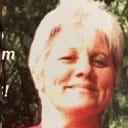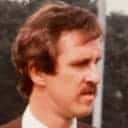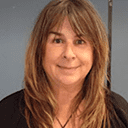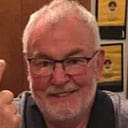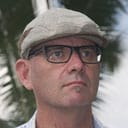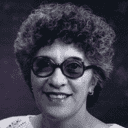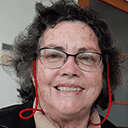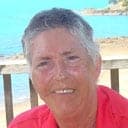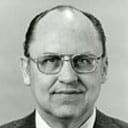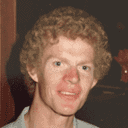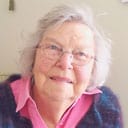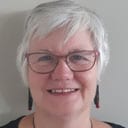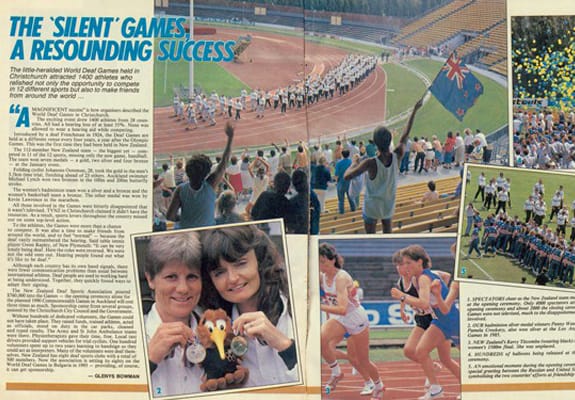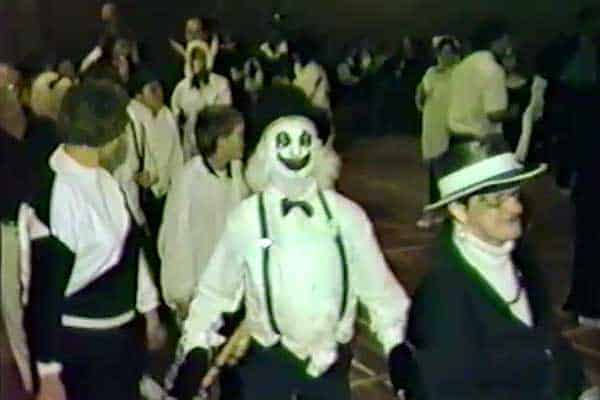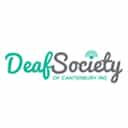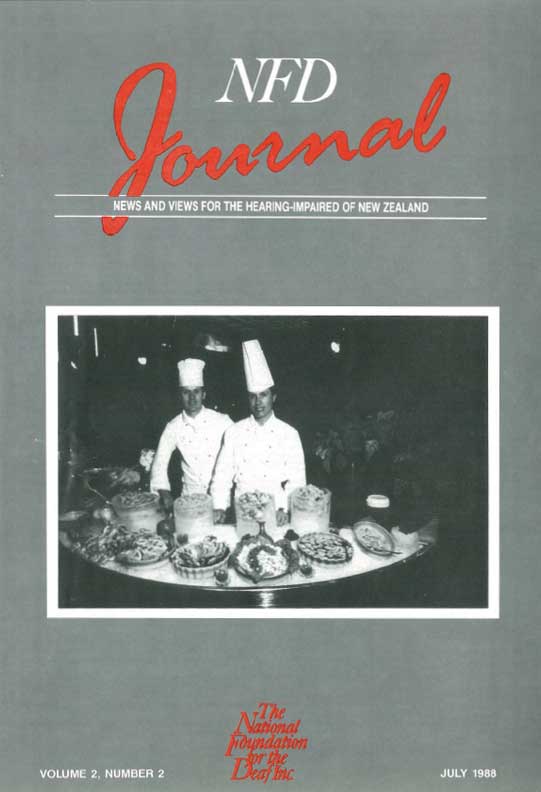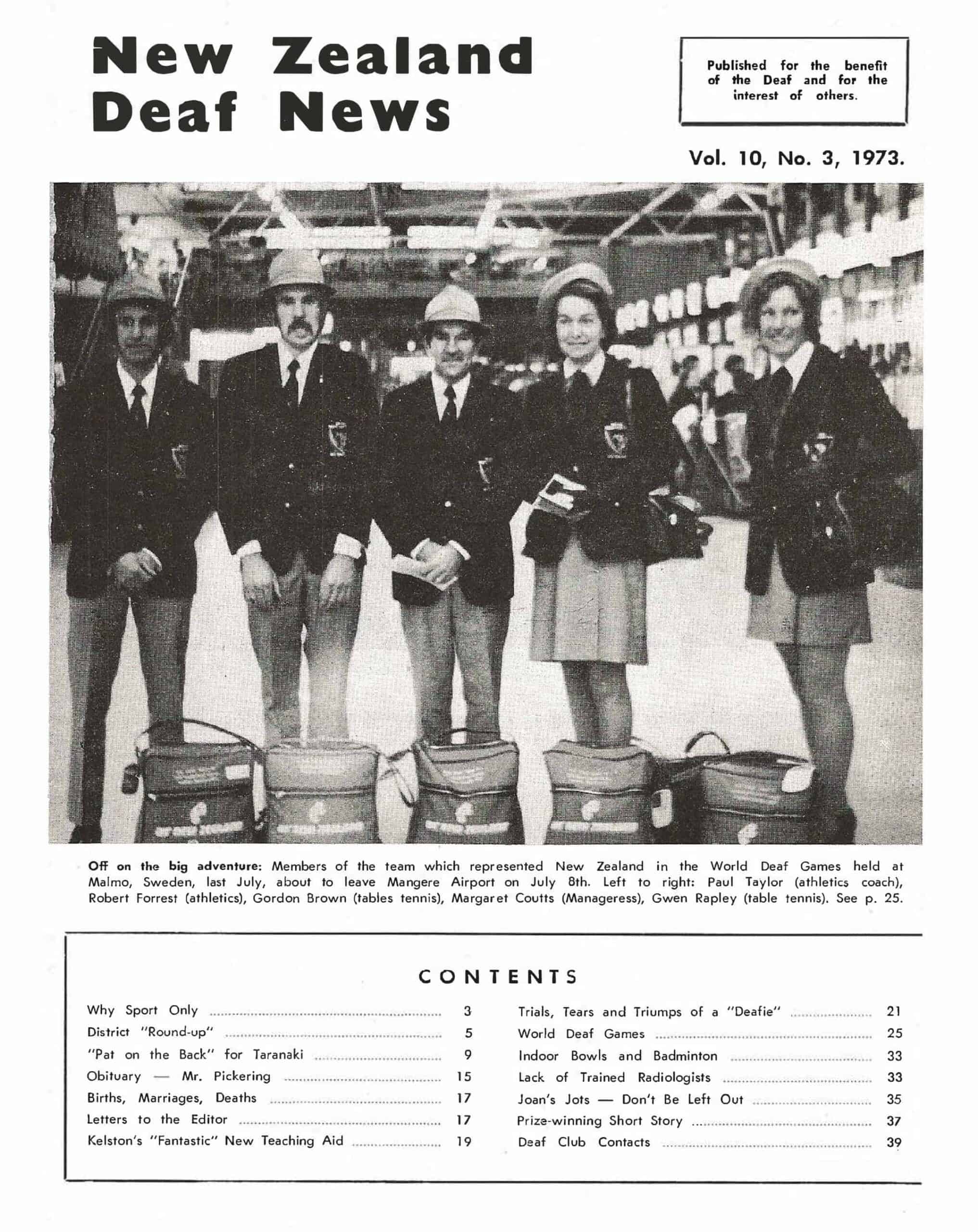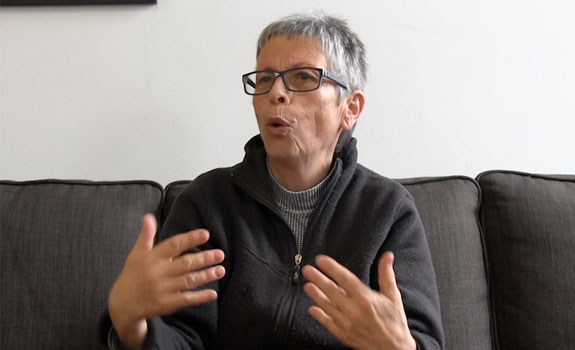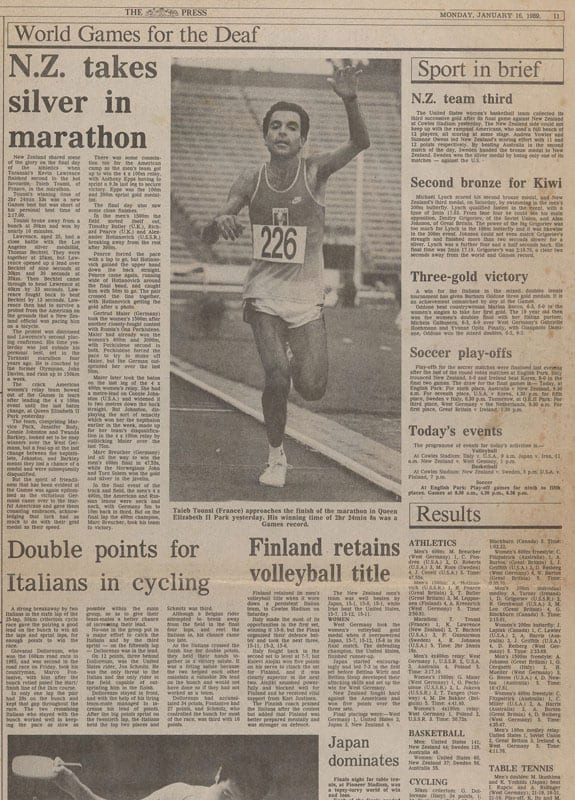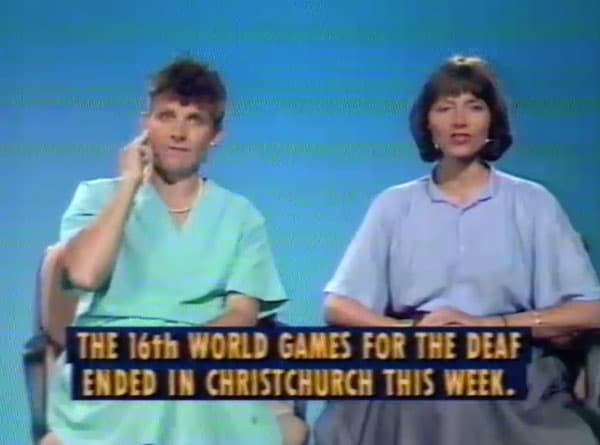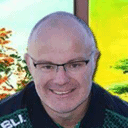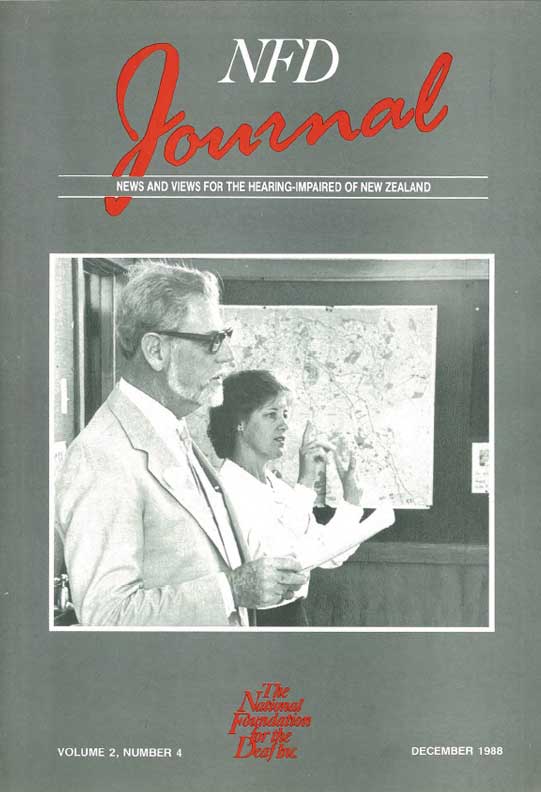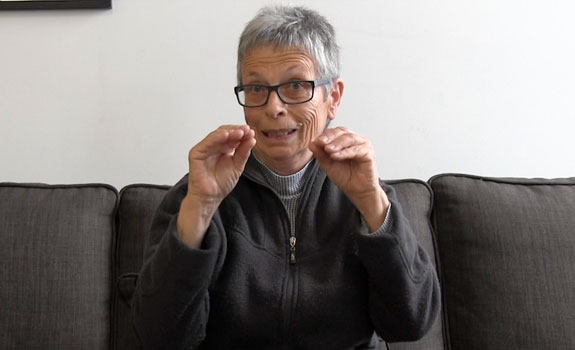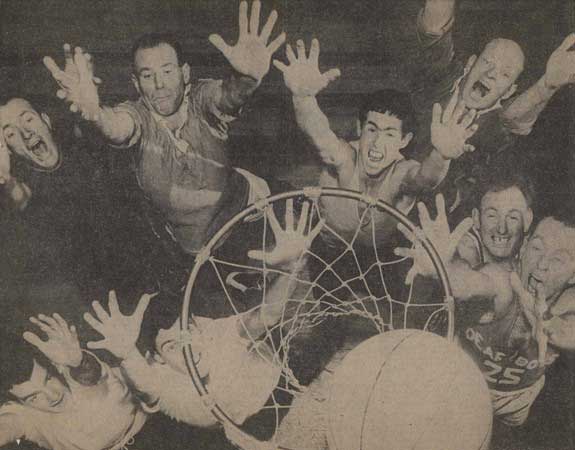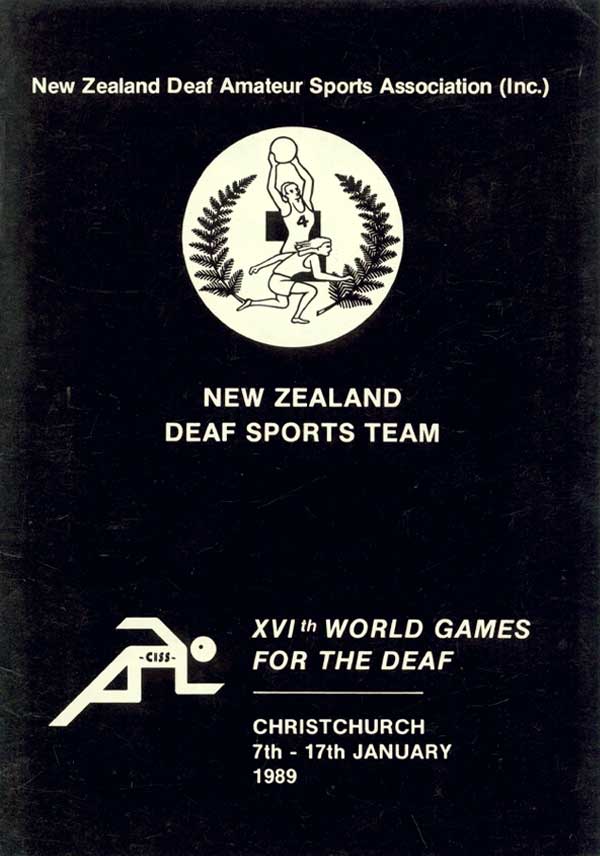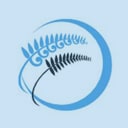VXIth World Games for the Deaf, Christchurch: 7-17 January 1989
An in-depth breakdown of the 16th World Games for the Deaf in Christchurch, 7-17 January 1989. This publication wraps up speeches, messages from people involved, summaries and photos of all events such as the opening and closing ceremony, 30th congress, official results, acknowledgements of people involved.
- 4000 people attended the opening ceremony, with 1400 athletes and officials. The biggest cheer was saved for the 113 members of the New Zealand team in black and white who marched in last.
- The largest team of 230 was from the USA,
- The all-male Kuwait team, wearing traditional dress at the opening ceremony, made their first appearance at the Games.
- The Games were formally opened by David Caygill, Minister of Finance,
- Two hours later, the first sport to take place since the opening of the Games was football between Holland and New Zealand.
Intricate research and reporting by Angela Treanor.
- Deaf Sports
- TV/Media


